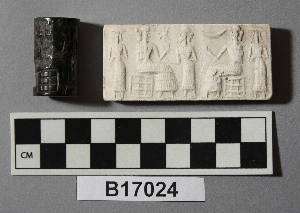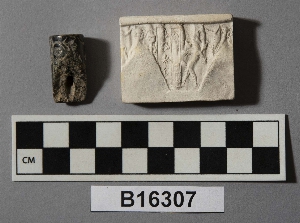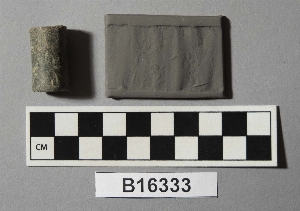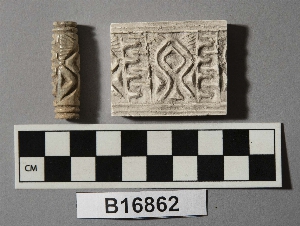Ur, Iraq
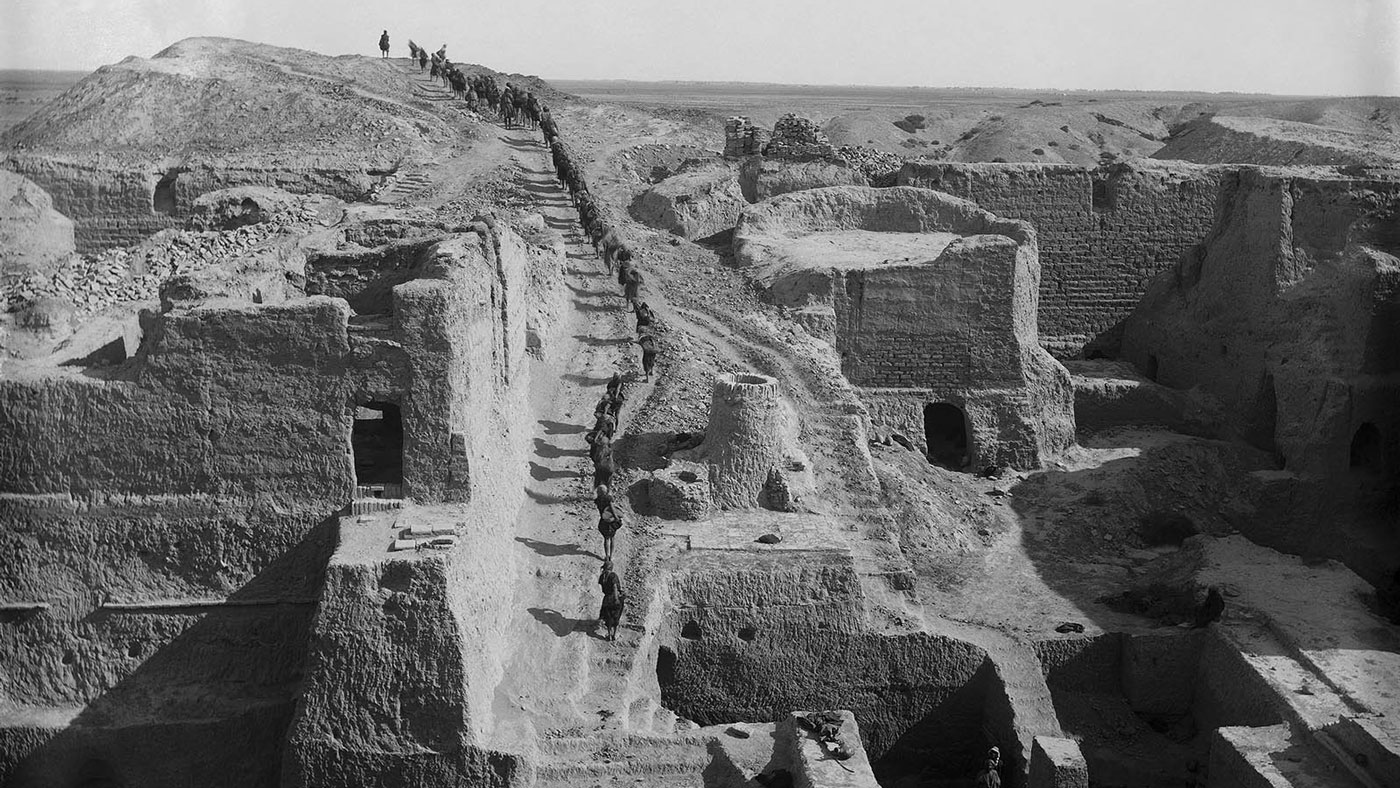
Located in southern Iraq, near the former northern limits of the Persian Gulf, Ur was one of the most famous archaeological excavations—along with Tutankhamun’s tomb in Egypt—during the early 20th century. Frequently described in the popular press, the work at Ur brought the magic of archaeology to life, particularly by tying the discoveries into familiar biblical stories. Between 1922 and 1934, the Joint Expedition of the British Museum and the Penn Museum was directed by C. Leonard Woolley and uncovered some of the most well-known and celebrated art from ancient Mesopotamia. These finds were divided between the two partner institutions (25% each) and the Baghdad Museum in Iraq (50%).
- Object[250]
- babylonian[1]
- near eastern[249]
- amulet[6]
- axe[1]
- bead[3]
- beads[5]
- bowl[81]
- bowl fragment[1]
- bowl sherd[1]
- celt[11]
- cylinder seal[75]
- cylinder seal fragment[1]
- door socket[6]
- duck weight[2]
- grinder[1]
- hammer[2]
- handle[1]
- human statuette[2]
- inlay[3]
- inscription[1]
- jar[1]
- lid[2]
- macehead[3]
- object[2]
- pendant[3]
- polisher[1]
- scarab[1]
- spindle whorl[3]
- staff head[1]
- stamp seal[6]
- statue[2]
- statue fragments[3]
- statuette[2]
- string of beads[2]
- tablet[1]
- token[3]
- tumbler[2]
- vessel[1]
- weight[15]
- whetstone[1]
- 4 to 5 metres, rubbish levels. p.g. drawn by an antelope (?)[1]
- a.h. g 34[1]
- a.h., part of house 19, level ii[1]
- b.c.[1]
- brought in from diqdiqqeh[1]
- diqdiqqeh[5]
- found 3 1/2 to 5 1/2 m. below brick pavement dated ca. 3100 b.c. in the prehistorical settlement. between flood and royal graves. at n.w. limit of p.g.[1]
- g. 294 a.h.[1]
- g. 56 n.h. 2[1]
- pd, entrance room 1.[1]
- pft. d 5 - 930[1]
- pft. d 6 - 900[1]
- pg 1015[1]
- pg 1652[1]
- pg 1845, burial h[1]
- pg larsa rubbish[1]
- rubbish over pg[1]
- sis 7, ad[1]
- animals[1]
- antelope?[2]
- bird[2]
- boat[1]
- border[1]
- bottle[1]
- branch[1]
- bull[7]
- bulls[1]
- chariot[1]
- club[1]
- combat[2]
- contest[1]
- crescent[6]
- deity[3]
- demon head[2]
- dot[1]
- dragon[4]
- duck?[1]
- dwarf[1]
- eabani[1]
- eagle[6]
- emblem[1]
- enanatumma[1]
- enkidu[1]
- fruit[1]
- gate[1]
- geometric pattern[1]
- gilgamesh[8]
- goat[1]
- god[8]
- goddess[1]
- goose[4]
- hero[2]
- heroes[2]
- human figure[4]
- hunter[2]
- hut[1]
- ibex[3]
- inscription[1]
- jaw[1]
- libation scene[1]
- lion[14]
- man[2]
- martu[1]
- monkey[2]
- mountain[2]
- name[2]
- nannar[2]
- nindada[1]
- ningal[1]
- nude man[1]
- palm[3]
- pole[1]
- pot[1]
- priest[1]
- priestess[1]
- ram head[1]
- scorpion[7]
- seated figure[1]
- seated god[7]
- seated goddess[5]
- seated woman[1]
- servant[1]
- shrine[1]
- snake[1]
- solar hero[1]
- spider[1]
- stag[1]
- standing figure[1]
- star[2]
- swan[1]
- swan?[1]
- tree[3]
- vase[3]
- votary[4]
- weapon[1]
- wings[1]
- woman[2]
- worshipper[17]
- actual citation[17]

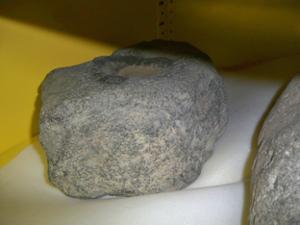
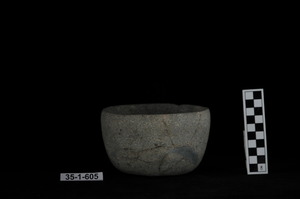
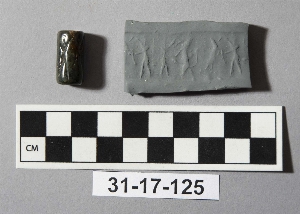
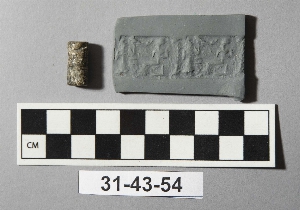
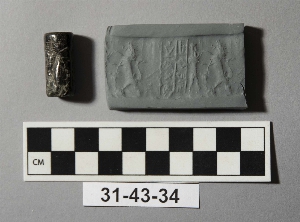
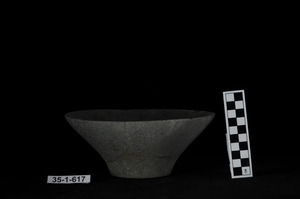
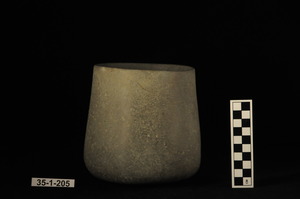
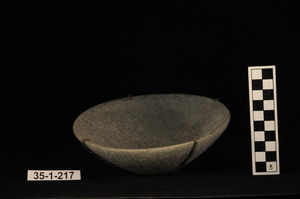
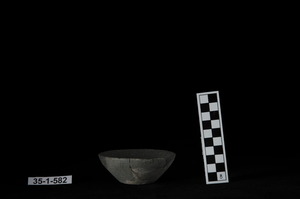
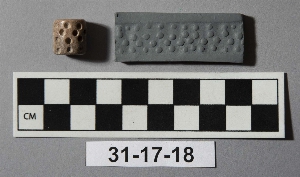
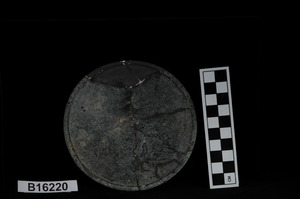
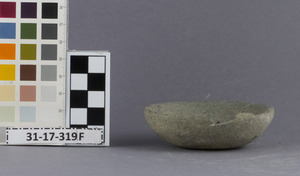
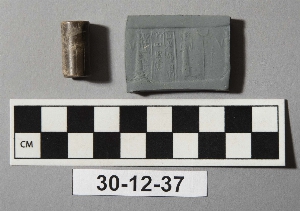
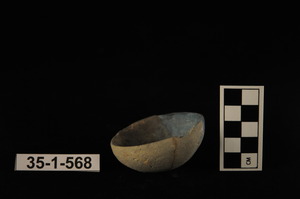
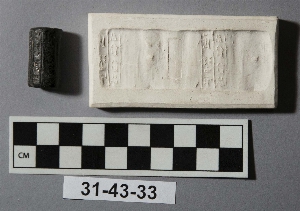

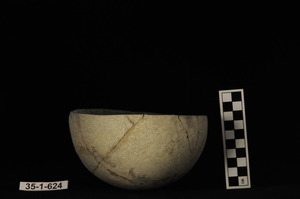
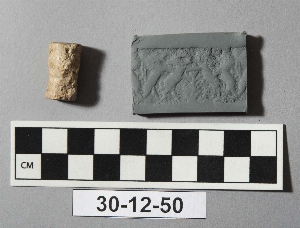
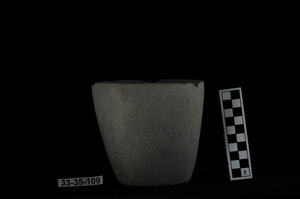
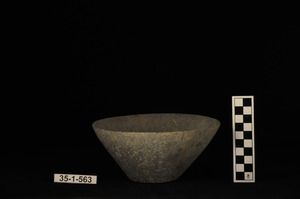
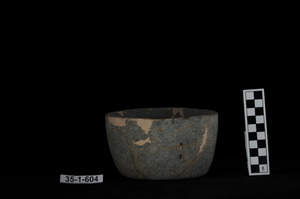
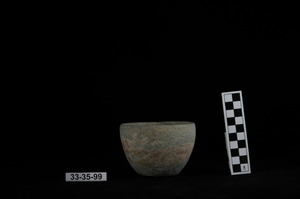
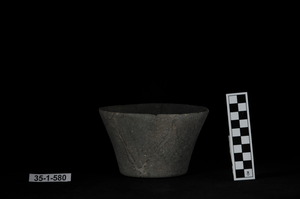
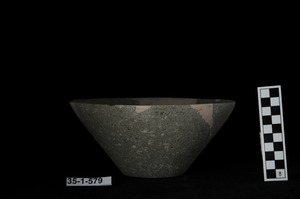
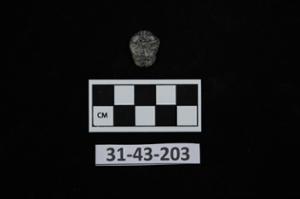
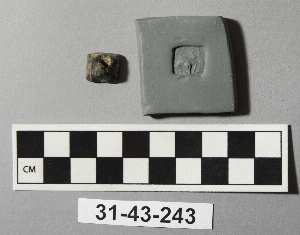
1 - 30 of 250 Records



